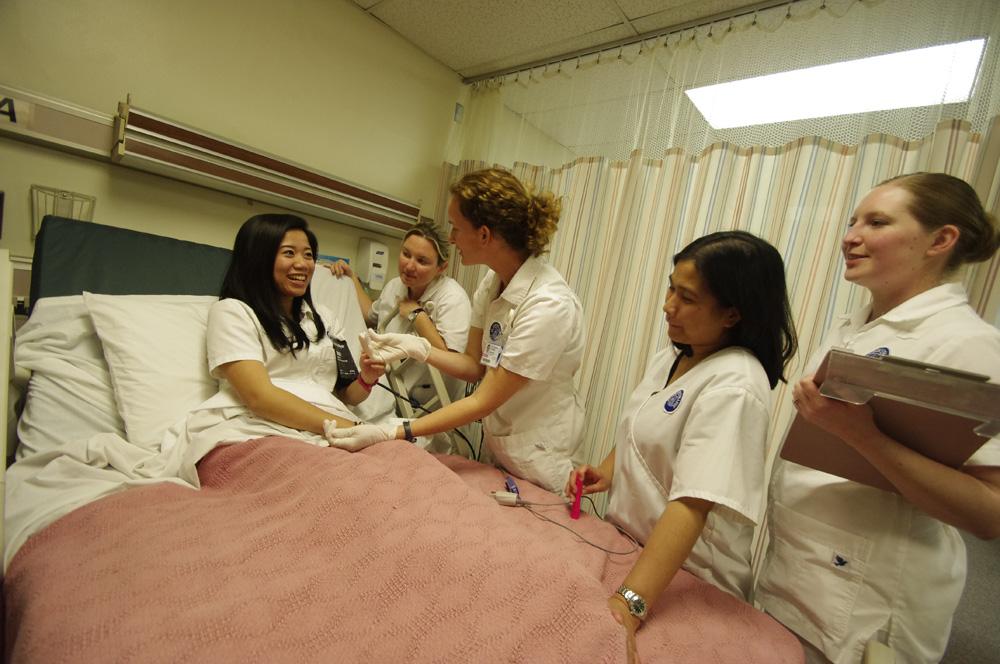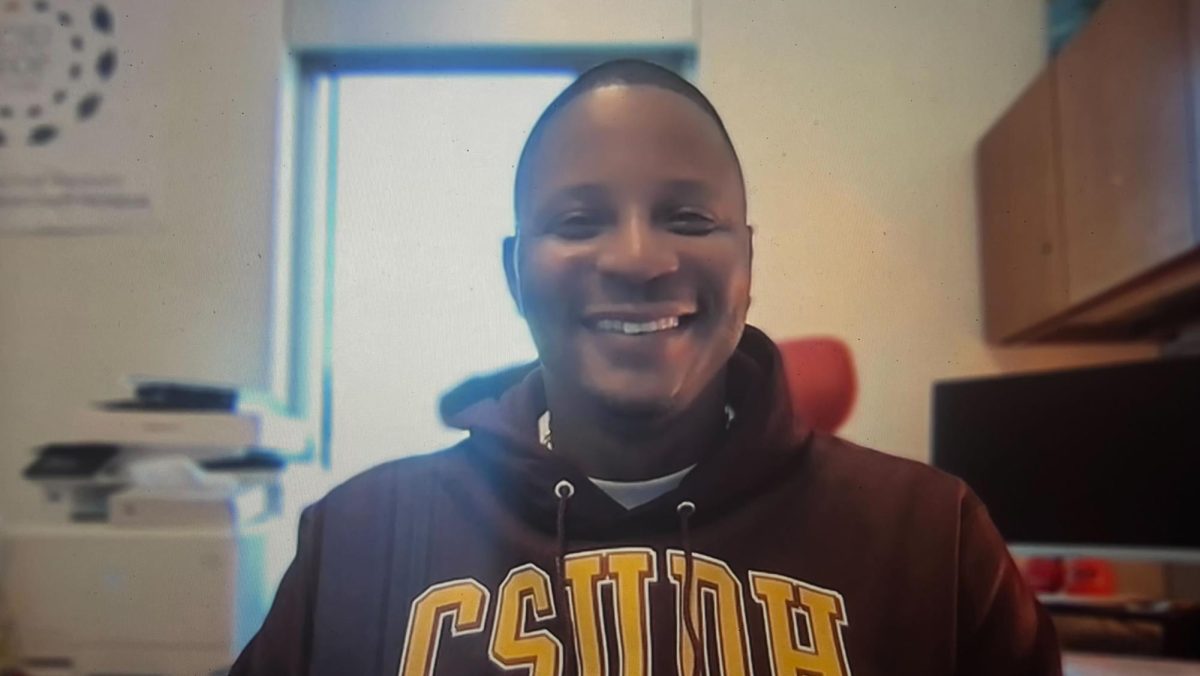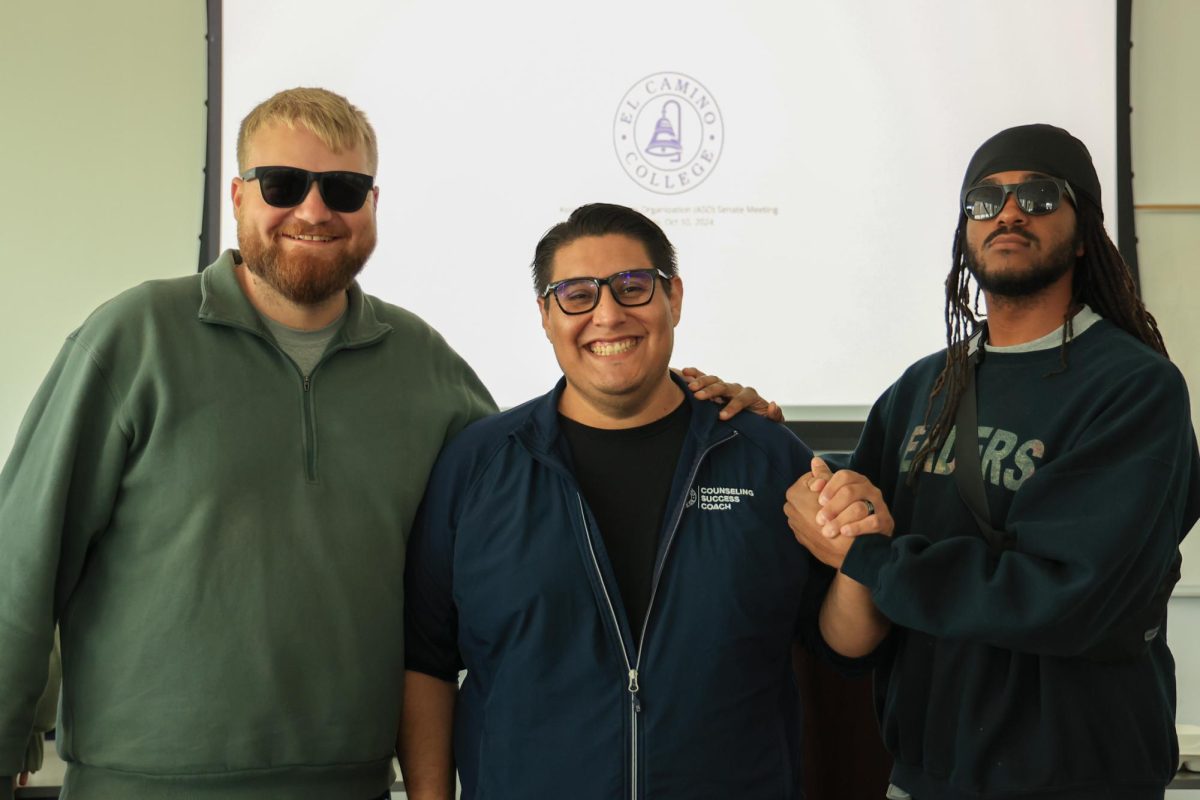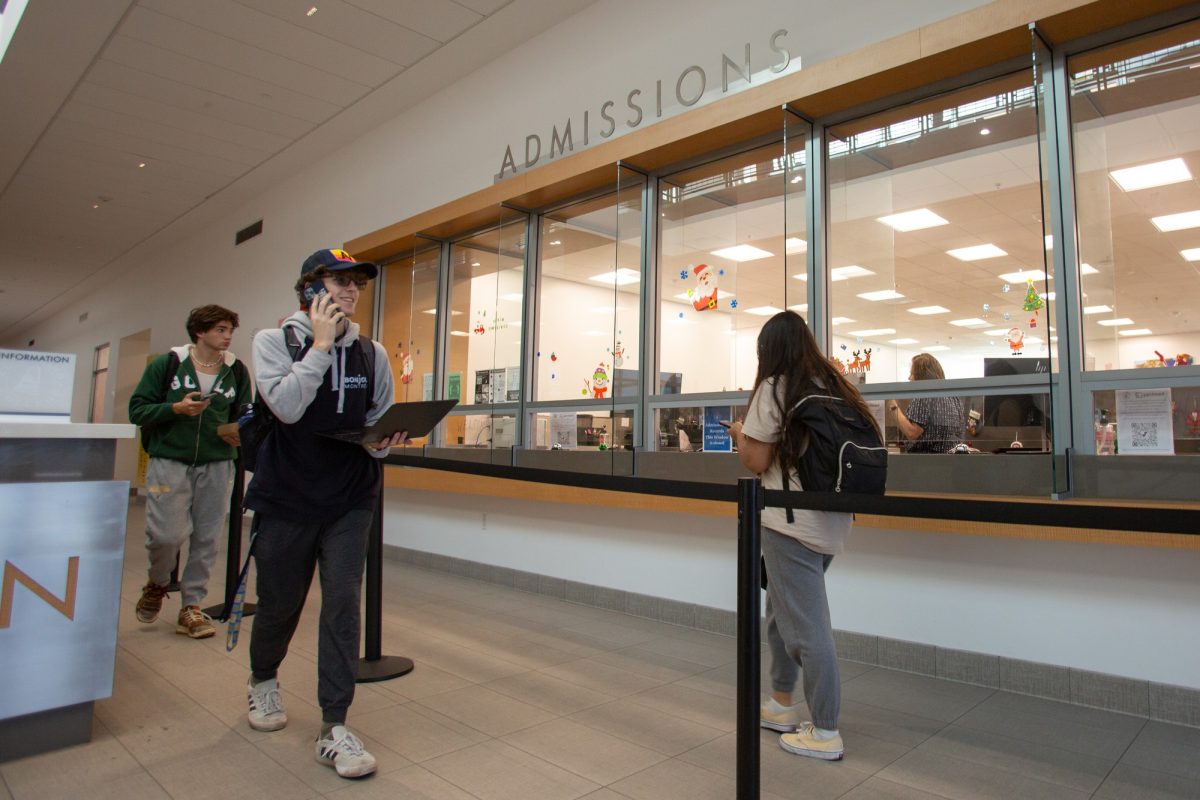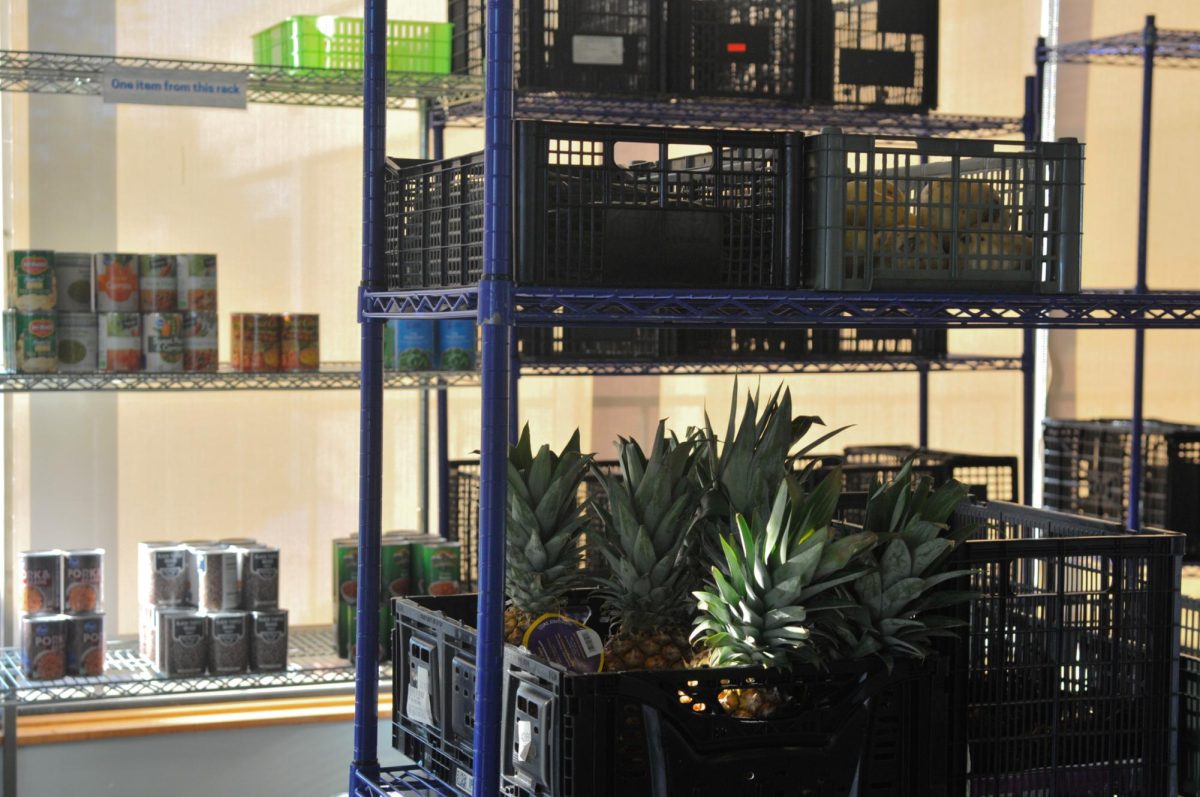Addie Gallardo, 32, nursing major, anxiously walked toward her patient, the sound of his heartbeat echoing in her head as she gently inserted a needle into his arm.
This is one of the many situations students experience in a small simulation room in the nursing program.
With a first-time passing rate at more than 90 percent, the nursing program has established itself as one of the best in the state, and one of the most valuable for the campus.
“We have spent a huge amount of time making sure that we are aware and know about the latest trends in nursing education,” Kim Bailey, director of nursing, said.
Through an extensive list of service partners the program has been able to keep itself updated on what skills they should be teaching their students and what the national trends are.
The program offers students a first hand experience on the job through two skills labs and one simulation lab.
In the skills lab students practice bed making, bathing patients, and giving injections, among other things, Bailey said.
“Simulation lab is like a hospital environment, we have high fidelity mannequins, and they do all kinds of complex physiological functions, and so we use those to set them up like patients’ situations in the hospital,” she added.
The simulation room is one of the first rooms in the nursing department.
Life-like mannequin forms of a woman, man, child, and baby can be found in the simulation room.
“You’re able to feel all the pulses, you get to hear different lung sounds and the heart sound. It’s a great learning experience,” Gallardo said.
“The instructors that help you with the open lab area are really helpful and that’s what I really like,” Linda Mann, 24, nursing major said.
The simulation lab is helpful because “That’s were you can make mistakes and learn from them,” Mann said.
Students who are interested can get a two-year associate’s degree if they have the prerequisite courses like anatomy, physiology, microbiology, a doses calculation course, and an introduction to nursing course, Bailey said.
Currently there are approximately 220 students in the program, which are admitted based on a multi-criteria point system, which can be found on the college website.
“Everybody has the same shot at it; we simply rank the students according to their points and take the top 50 or 40 students, depending on how many we’re admitting, so there is no wait list and there is no lottery,” Bailey said.
Before the wait list was taken off about two years ago, student would spend an average of two years on it, Martha Smith, administrator assistant, said.
Now students who don’t get into the system would have to reapply for the following year.
Even with its success, the program is now undergoing budget cuts.
“Last year we took 50 students a semester, and starting fall 2011 we’ll be bringing in 40 new students a semester because a cut in the grants from the state,” Bailey said.
Due to the bad economy students are also struggling to get jobs soon after finishing the program, mainly because hospitals are not training many new graduates.
“As we hear from the state there is still a nursing shortage, so our nurses are not getting jobs as quickly but most of them are getting placed,” Bailey said.
Still the program will continue to do its best to train students and offer the best education.
“I love taking care of patients. Blood, vomit, poop… none of that really bothers me,” Gallardo said.
“I think what really scares me the most is patient safety, because that’s most important,” she said.
To assure patient safety, the program has created a website that allows faculty all over the nation share their ideas for nursing education quality and safety.
Faculty members have also contributed to the program’s success.
“We have good quality teachers, who put their best foot forward to teach the students,” Smith said. “We care about the students; we want to teach them the best there is and give them a lot of knowledge of what it is to be a nurse, and how to apply everything they learn.”
[nggallery id=11]



